A greenhouse is an analogue of a greenhouse, or not, features of its structure, history of occurrence
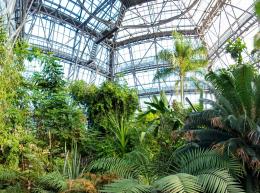
Many people believe that a greenhouse is an analogue of a greenhouse, or a synonym for a winter garden, yes or no, we will consider how true these statements are in this article. Despite all the similarities, these buildings are fundamentally different and should not be confused.
Content:
- Greenhouse - what is it?
- Where and when did the first greenhouses appear?
- How they work, types of greenhouses
- Why are they used?
- Greenhouse and greenhouse: what is the difference
Greenhouse - what is it?
Since this building is often confused with a winter garden, it is worth noting that their main difference is their location. So, if the garden is an extension that is adjacent to the house, then the greenhouse is represented by a separate building.
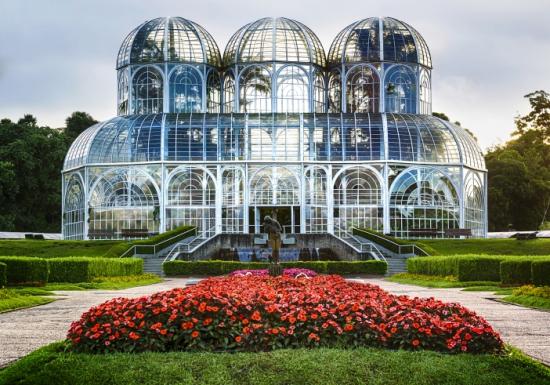
This building is equipped with heating, closed from external factors, and has an artificial ecosystem - ideal for keeping exotic plants.
Another feature of this structure is the fact that mostly rather capricious plants that require a special balance of temperature, light and humidity are grown here.
Thanks to the annually maintained microclimate with a temperature between 18-28°C, stable humidity and lighting, this building is often called a tropical corner.
Where and when did the first greenhouses appear?
Greenhouses first appeared in the second half of the 16th century in France.The first such structure was built in 1599 in Leiden, after which in Amsterdam and Paris. Initially, these buildings were intended to preserve heat-loving fruit trees in winter.
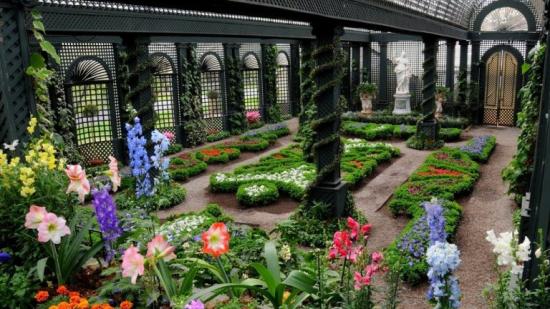
Later, this building was used for growing citrus fruits and other exotic plants. Thanks to this, even in winter, aristocrats could afford to enjoy the fragrance of rare flowers and the taste of exotic fruits.
How they work, types of greenhouses
Like any other building, it has a number of differences in arrangement.
These differences include:
- Roof - glass or polycarbonate;
- The casing is completely transparent, often glass, which ensures uniform dispersion of light;
- Lighting - when selecting lamps, it is important that when emitting light they do not emit heat and serve only as an additional source of lighting to the natural one;
- The basis is an insulated foundation with drainage and heating with an aluminum or wooden supporting structure;
- Layout - rectangular with a gable roof is considered classic;
- Placement - it is recommended to give preference to well-lit, tree-free places;
- Ventilation and irrigation system to stabilize the microclimate;
- The heating system depends on the financial or technical aspect - gas, solid fuel, electric.
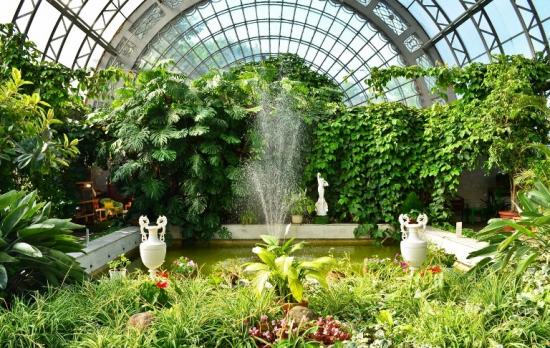
In addition to the characteristic structural features, different types are distinguished by temperature. So at temperatures from 1 to 8 °C - cold, from 8 to 22 °C - semi-warm and from 22 to 28 °C - warm.
Different types are used to grow different plants. So, when selecting specimens, it is important to take into account the conditions of their growth in the wild in order to determine the most comfortable temperature.
Let's watch a video about a greenhouse in Singapore, it's just a miracle:
Why are they used?
Since this is a very special type of building, it must have its own special purpose.
So the building is often used for:
- Breedings exotic and heat-loving flowers and trees;
- Growing plants that have a long growing season and cannot mature in the open ground of the middle zone;
- Relaxation for the owners - however, it is important to consider that this is not a winter garden and relaxation here comes down to contemplation and walks, but not long-term pastime.
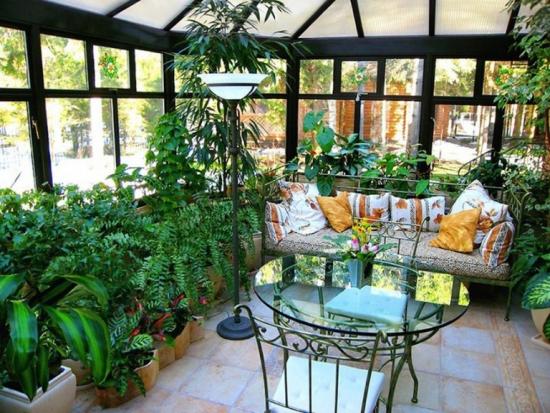
Since this building is mainly assigned an aesthetic role rather than a practical one, special attention is paid to the beauty of the arrangement of this structure. Thanks to the combination of bright and exotic plants, their interesting placement on shelves, racks, shelves and flowerpots, the greenhouse becomes a real pearl and a source of pride for the gardener.
Let's watch a beautiful video about a house with a winter garden, which the owners mistakenly call a greenhouse:
Greenhouse and greenhouse: what is the difference
Despite the fact that these buildings are similar in some ways, they differ in some nuances.

These include:
- Purpose - the greenhouse is used for the permanent cultivation of exotic plants without their subsequent transfer to open ground. The greenhouse is used for growing seedlings, greenery, forcing flowers and then replanting them;
- Materials - conventionally, a greenhouse can be called a budget option for a greenhouse, since it is built from less noble materials. So the greenhouse may well be covered with polyethylene, which is completely unacceptable for the greenhouse and the plants that are grown in this building;
- Temperature - greenhouses are characterized by a constant high temperature necessary to stimulate the growth of greenery or seedlings. At the same time, a greenhouse can be called a cold greenhouse, since in some cases the temperature in it can drop to 8°C. The latter is possible for cold types and appropriate vegetation.
One of the main features of the greenhouse is the fact that in this building, its own special microcosm is created around each plant. In this case, the impact of each plant on the others is taken into account and, depending on this impact, the specimens are arranged. This is not necessary in a greenhouse.
The most striking example of the differences between these buildings is the plants that are grown in them. So, exotic and heat-loving plants are grown in the greenhouse, and greens and vegetables are grown in the greenhouse for subsequent planting in open ground.
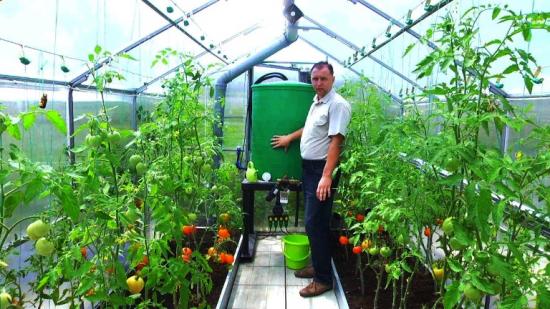
Everyone has heard the concept of a “greenhouse,” but not everyone knows what this structure is. Despite the similarity with a greenhouse and a winter garden, these are different buildings and should not be confused.


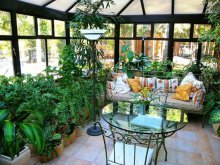


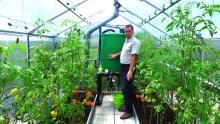
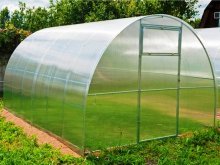
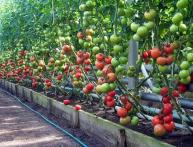
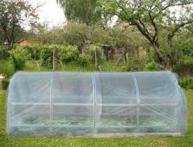
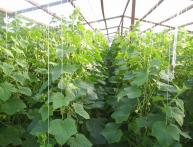
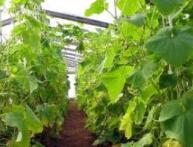

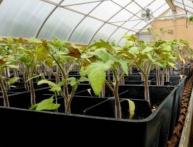
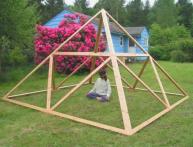

Comments
A greenhouse and a greenhouse are completely different structures. The first is used for growing tropical plants, and the second is for growing vegetables. A greenhouse can have a height of up to 8 - 10 m, and a greenhouse - no more than 3 - 4 m.
I remember how in one novel the owner of the house, an Italian, invites guests to a table that was set in his lemon garden. And in our country this is quite possible if you use a greenhouse to grow citrus fruits. For lemon, for example, which needs a lot of light, a greenhouse is the best place.